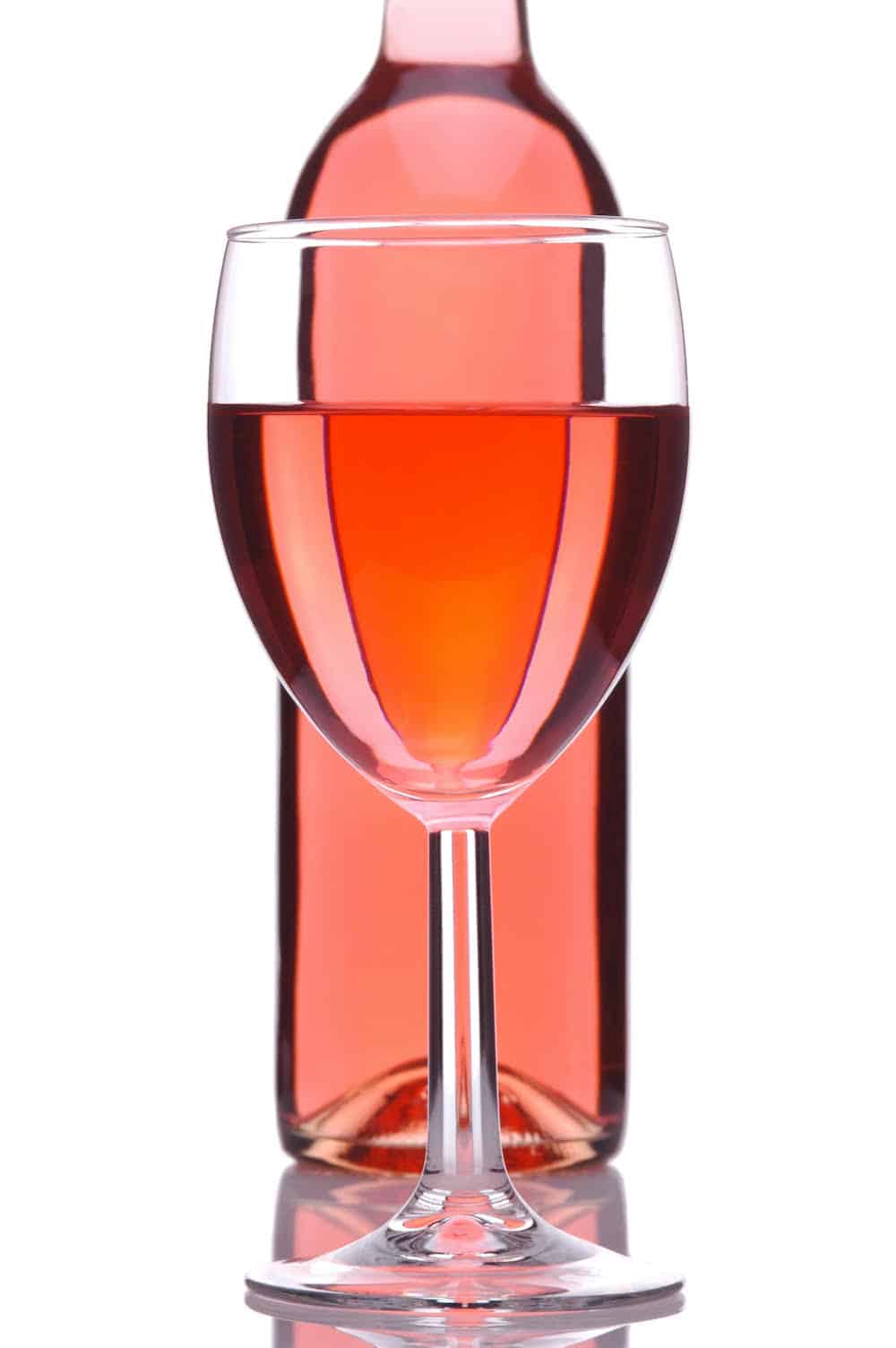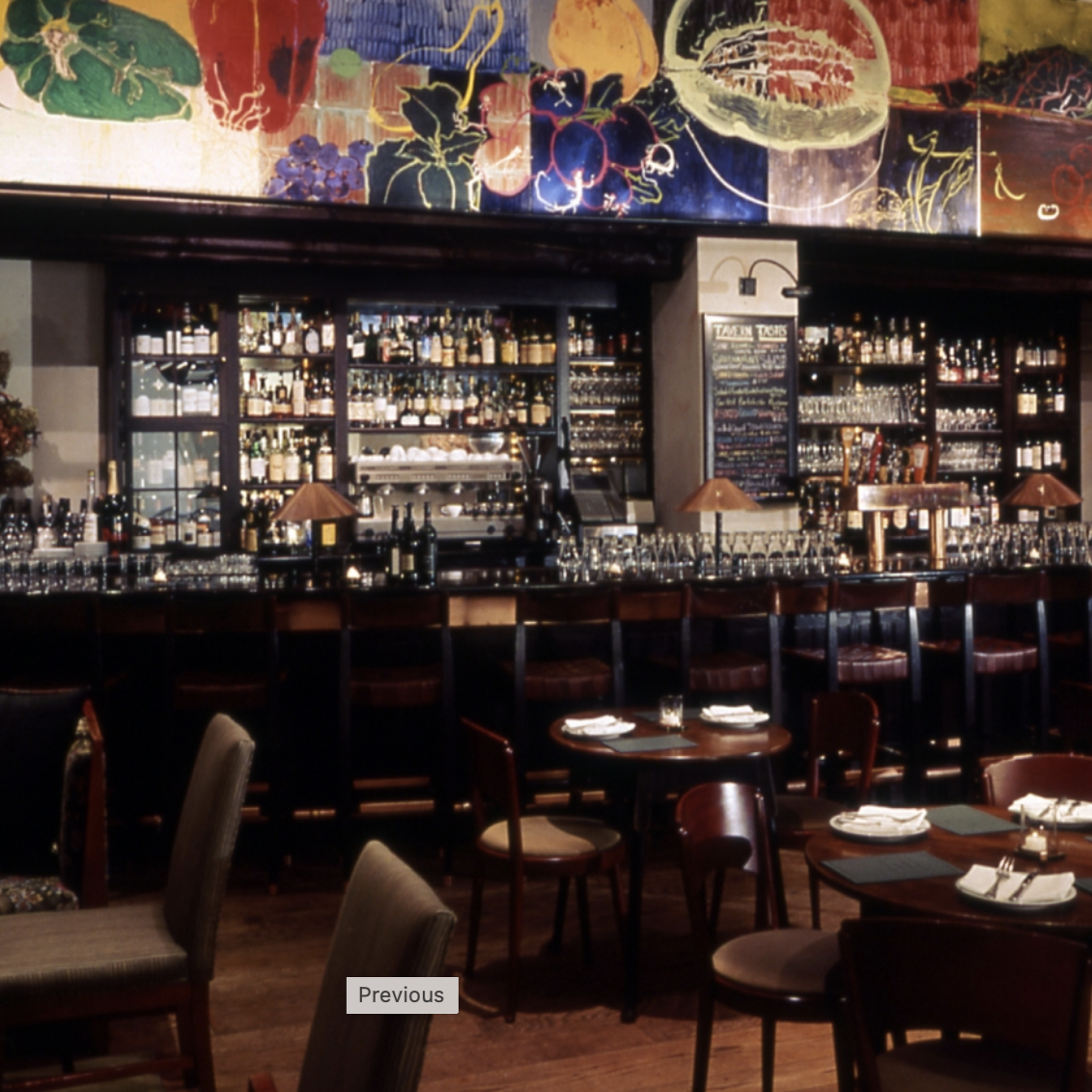The Best Wine Tastings in California
The Best Wine Tastings in California
Blog Article
Craft Your Journey Through Sonoma's Wine Regions 95404
Understanding the nuanced vocabulary associated with winery wine tasting is essential for each novices and seasoned connoisseurs alike. Every term brings to life the experience of tasting wine and might enhance one’s appreciation of the various intricacies concerned. Wine tasting is extra than just consuming; it's an art that entails various senses and feelings.
To begin with, the term "nostril" refers to the aromas one detects when smelling the wine. This is a vital step because the bouquet sets the stage for the tasting experience. Notes of fruit, spice, earth, and wood could mingle, offering a glimpse of what the palate might confirm. Understanding "nosing" the wine can dramatically elevate one's sensory journey.
Another key aspect is the term "physique." The body of the wine describes its weight and fullness on the palate. A full-bodied wine has a strong presence and tends to linger longer after swallowing. Conversely, light-bodied wines may feel more delicate and refreshing. Recognizing the body helps tasters assess the wine's construction and steadiness.
Savor the Finest Wines from Sebastopol 95405
The idea of "tannins" is vital in purple wine tasting. Tannins are compounds derived from grape skins, seeds, and stems, contributing to a wine's texture and getting older potential. High tannin wines typically lead to a dry mouthfeel, while lower tannin ranges yield a smoother experience. This distinction is particularly important when pairing wines with food, as tannins can both complement or clash with certain dishes.
In addition to tannins, "acidity" performs a significant function in the wine tasting experience. Acidity gives wine its crispness and liveliness - Savor Scenic Views and Quality Wines at Sonoma Valley Wineries. Wines with larger acidity are typically refreshing and energizing, making them glorious companions for a selection of meals. Recognizing acidity can drastically improve one’s food-pairing capabilities and general tasting enjoyment.
When delving into the flavor profile of a wine, one might encounter the term "end." The finish refers to the aftertaste that lingers in the mouth after swallowing. A lengthy end is usually related to high-quality wines, as it signifies complexity and depth. A short finish may recommend a simpler wine. Figuring Out tips on how to consider the finish can reveal much a couple of wine's character.
Exploring the "vintage" can be integral to wine tasting terminology. The vintage denotes the yr in which the grapes have been harvested. Completely Different years can yield vastly different outcomes as a result of variations in local weather situations. For instance, a hot summer season can produce more concentrated flavors, while a cooler 12 months might yield more subtle, nuanced wines. Understanding vintage permits for a deeper appreciation of a wine’s origin and potential.
Your Complete Guide to Wine Tasting around Sonoma County
The term "terroir" encompasses the geographical and environmental components that contribute to a wine's distinctive character. Elements such as soil kind, climate, elevation, and topography all play a role within the flavor and quality of the wine. This connection to position helps one understand why wines from different regions can style so distinctively totally different, even when created from the same grape selection (Enjoy Wines from Nearby Wineries in California).

When engaging with wines, the phrase "leg" refers back to the droplets that form on the inside of the glass after swirling. These droplets can point out the wine's alcohol content material and viscosity. While observing the legs might not directly relate to the wine’s style, it provides to the general experience and intrigue of wine tasting less clear.
Recommendations for Family-Friendly Wineries in California
A extra specific term that will arise during tastings is "oak." The influence of oak barrels on wine can impart flavors similar to vanilla, toast, or spice. The diploma of oak getting Hidden gem wineries in Sebastopol area older can range widely among wines, affecting both aroma and taste. Understanding oak treatment offers insights into the winemaker’s decisions and the resulting complexity of the wine.
In wine tasting, one may additionally hear the term "palate." The palate refers to the general taste experience in the mouth. This encompasses sweetness, bitterness, acidity, and body. A well-balanced palate is important for a harmonious tasting experience, and recognizing any imbalances helps assess the standard of the wine.
The experience of wine tasting is significantly enriched by understanding the terminology that accompanies it. Every term serves a function, enhancing the flexibility to convey ideas and emotions concerning the wine one's experiencing. This vocabulary bridges communication between tasters, sommeliers, and winemakers alike.

To fully enjoy wine tasting, it's essential to engage all senses. The sight of the wine, its color, and clarity can present perception into its age and high quality. Swirling the wine releases aromas that heighten the olfactory experience, whereas the actual tasting allows for a complete analysis of the wine's profile.
Unveil the Top Wineries in Sonoma County for Remarkable Wine Tasting Experiences 95433
In conclusion, understanding the detailed explanation of winery wine tasting terminology greatly enhances the experience of tasting. Every term invitations the taster to have interaction more deeply with the wine, encouraging connections to the senses, the winemakers, and the lands where the grapes are grown. This nuanced vocabulary creates a richer, more fulfilling wine tasting experience.
- Aroma refers again to the scents launched by the wine, which may indicate its grape variety and affect the tasting experience.
- Tannins are pure compounds found in grape skins, seeds, and stems, contributing to the wine's structure and growing older potential.
- A finish, or aftertaste, is the lingering flavor sensation that continues to be on the palate after swallowing, usually a key indicator of quality.
- Body describes the weight and fullness of wine in the mouth, usually categorized as light, medium, or full-bodied.
- Terroir denotes the unique environmental characteristics of a winery that have an result on the style and high quality of the wine, together with soil kind and local weather.
- Acidity is a important part that contributes to a wine's freshness and balance, impacting its aging capability and overall flavor profile.
- Vintage indicates the year grapes were harvested and plays a significant role in determining the wine's characteristics, reflecting specific climatic conditions.
- Decanting includes pouring wine from its bottle into another vessel, allowing it to aerate and enhancing its flavors and aromas.
- A corked wine could also be tainted by a faulty cork, resulting in musty or off-putting flavors that detract from the wine's meant profile.
- The term “legs” refers to the droplets that cling to the inside of a glass after swirling, typically associated with the wine's alcohol content and viscosity.undefinedWhat is the meaning of "nostril" in wine tasting?undefinedThe "nostril" refers to the aroma profile of the wine, which is detected via the sense of odor. It's an important aspect of wine tasting, as aromas can reveal a lot in regards to the grape selection, winemaking course of, and getting older.
How should I properly taste wine?undefinedTo style wine successfully, comply with these steps: observe the color, swirl the wine to aerate it, take a delicate sniff to seize the aromas, sip and let it coat your palate, and eventually, note the end. This strategy helps in appreciating the wine’s complexity.
What are "tannins" and the way do they have an effect on wine?undefinedTannins are pure compounds found in grape skins, seeds, and stems that contribute to a wine's structure and astringency. They can create a drying sensation within the mouth, and so they additionally play a task within the wine's getting older potential.
Insider Tips for Visiting California Wineries

What does the term "balance" imply in wine tasting?undefinedStability refers to the harmony between the completely different elements of a wine, corresponding to acidity, sweetness, alcohol, tannin, and flavor depth. A well-balanced wine will have every of these components supporting one another rather than overpowering the news others.
What is the importance of "terroir" in wine tasting?undefinedTerroir encompasses the environmental factors—such as soil, climate, and geography—that affect the characteristics of the wine produced in a selected region. Understanding terroir helps tasters recognize the distinctive qualities that different areas impart to their wines.
What does "vintage" mean and why is it important?undefined"Vintage" signifies the year when the grapes have been harvested. It is crucial because it impacts the wine’s quality and characteristics, as climate conditions during the growing season can considerably influence flavor profiles and aromatics.
What are "legs" and what do they signify?undefined"Legs" check with the droplets that form and run down the inside of a glass after swirling wine. Whereas they can point out alcohol content material and viscosity, they do not decide quality—this is extra about personal perception of richness.
Experience the Tastes of Local Pinot Noir and Chardonnay in Sonoma 95472

What does "full-bodied" imply versus "light-bodied"?undefined"Full-bodied" wines are wealthy, dense, and sometimes have higher alcohol content material and complicated flavor profiles, while "light-bodied" wines are more delicate and refreshing with a decrease alcohol content. This distinction helps tasters perceive the anticipated weight and mouthfeel of the wine.
How can I identify fruit flavors in wine?undefinedTo establish fruit flavors, think about the aroma and taste profiles. Swirl the wine, inhale deeply to seize the bouquet, and concentrate on specific traits. Familiarity with typical fruit profiles of various grape varieties can improve this identification process.
What is "end" in wine tasting?undefinedThe "finish" refers back to the aftertaste that lingers within the mouth after swallowing. A long, advanced finish is commonly a sign of high quality in a wine, as it displays the depth of flavor and overall craftsmanship within the winemaking process. Report this page